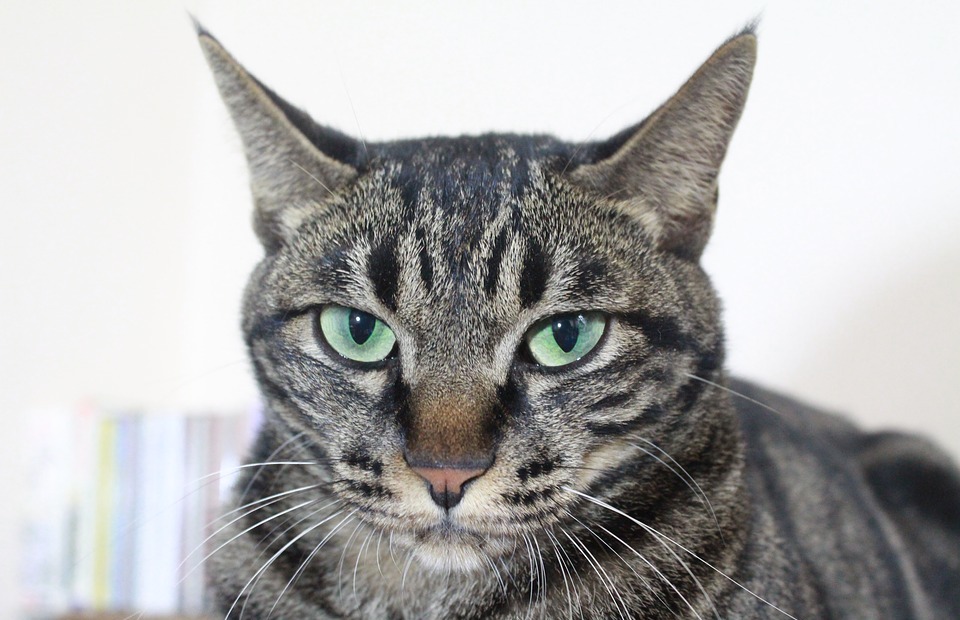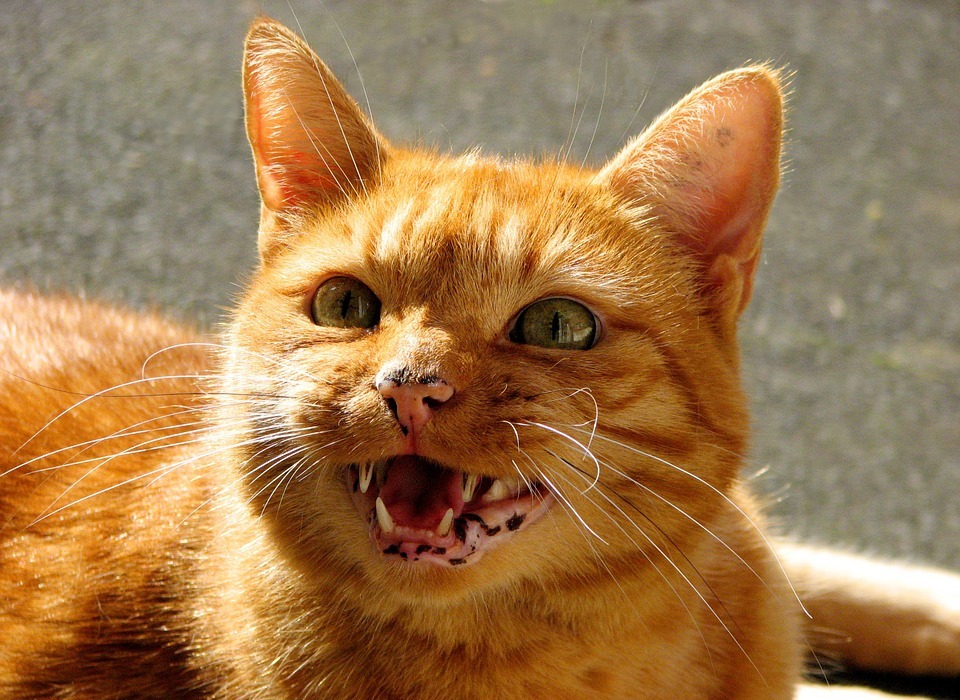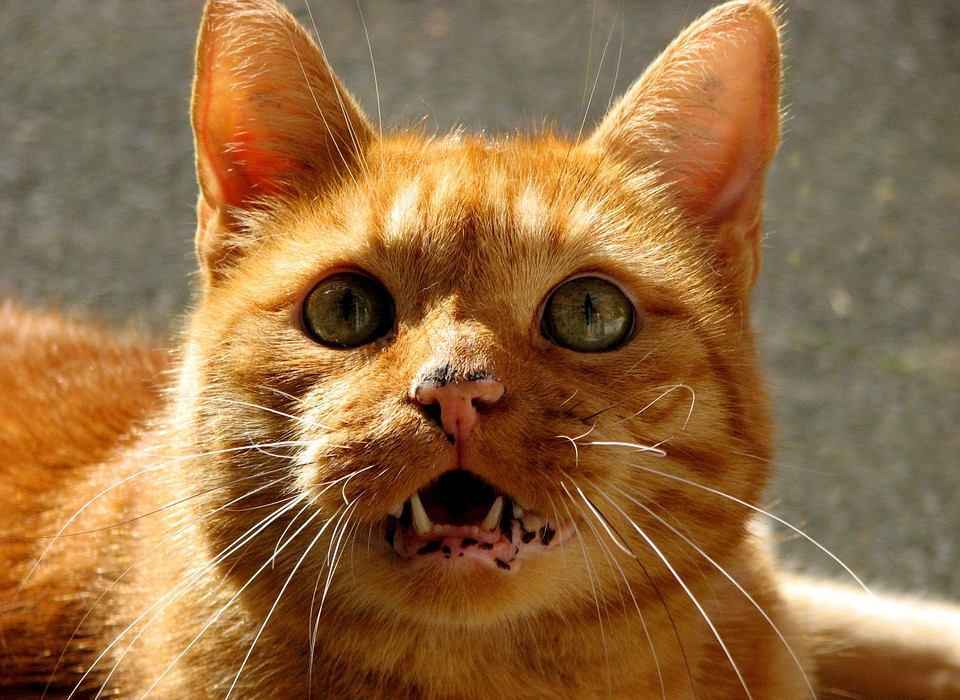This comprehensive guide explores the duration of cat pregnancy, delving into the fascinating journey from conception to birth. We'll examine the stages of gestation, common signs of pregnancy, factors that can affect the length of pregnancy, and essential tips for providing optimal care for your expecting feline. Whether you're a seasoned cat owner or a new parent-to-be, understanding the intricacies of feline pregnancy empowers you to provide the best possible support for your furry companion.
Part 1: The Duration of Cat Pregnancy

1.1. The Typical Gestation Period
Cat pregnancy, known as gestation, typically lasts around 63-67 days (9 weeks). This range can fluctuate slightly depending on various factors, such as the number of kittens, the cat's age, and overall health.
1.2. Variations in Gestation Length
While the typical gestation period is 9 weeks, it's not uncommon for it to fall outside of this range.
Shorter Gestation: Pregnancies with multiple kittens can sometimes be slightly shorter, while older cats might experience a slightly shorter gestation period as well.
Longer Gestation: Younger cats, particularly those in their first pregnancy, might experience a longer gestation period. Additionally, certain environmental factors like stress or malnutrition can potentially lengthen the pregnancy.
1.3. Early Signs of Pregnancy
While not all cats exhibit these symptoms, some early signs of pregnancy include:
- Changes in Appetite: Some cats may experience an increase in appetite, particularly in the early stages of pregnancy, while others might exhibit a decrease in their food intake.
- Weight Gain: A subtle weight gain, particularly in the abdomen, may be noticeable as the kittens grow. This weight gain becomes more apparent in the later stages of pregnancy.
- Nipple Enlargement: The nipples will become more prominent and may even change colour, darkening slightly. This is a direct result of hormonal changes preparing the mother cat for lactation.
- Nesting Behaviour: As the pregnancy progresses, cats often exhibit nesting behaviour, seeking out quiet, secluded places to prepare for their kittens. They may start collecting soft materials like blankets or clothes to create a comfortable nest for their newborns.
- Increased Affection: Many pregnant cats become more affectionate, seeking out additional cuddles and attention from their owners.
1.4. Confirmation of Pregnancy
To confirm pregnancy, a veterinarian can perform a physical examination, including palpating the abdomen to feel for the presence of kittens. This is typically possible around 3-4 weeks into the pregnancy. Additionally, ultrasound imaging can be used to visualize the developing kittens. This technique is particularly helpful in confirming pregnancy at an earlier stage, around 2-3 weeks.
Part 2: Stages of Cat Pregnancy

2.1. First Trimester (Weeks 1-3)
The first trimester is a critical period for the developing kittens. It's characterized by:
Implantation: The fertilized eggs, or embryos, implant into the uterine wall. This process typically occurs around day 10-12 after ovulation.
Rapid Cell Division: The embryos undergo rapid cell division and begin developing into distinct fetuses.
Organ Development: The rudimentary organs start to form, including the heart, brain, and limbs.
2.2. Second Trimester (Weeks 4-6)
The second trimester marks a period of accelerated growth and development for the kittens. Key developments include:
Skeleton Formation: The kittens' skeletons begin to harden and take shape.
Organ Development (Continued): The organs continue to develop and mature.
Facial Features: Facial features become more prominent, including eyes, ears, and nose.
2.3. Third Trimester (Weeks 7-9)
The third trimester is the final stage of gestation, characterized by significant growth and preparation for birth.
Weight Gain: The kittens gain significant weight, and their bodies are nearly fully developed.
Hair Growth: The kittens develop their fur coat.
Movement: The kittens become increasingly active, and their movements can be felt through the mother cat's abdomen.
Nesting Behaviour: The mother cat's nesting behaviour intensifies as she prepares for the arrival of her kittens.
Part 3: Factors Affecting Pregnancy Duration

3.1. Number of Kittens
Generally, pregnancies with multiple kittens tend to be slightly shorter than those with a single kitten. This is likely due to the increased pressure on the uterus and the mother cat's body.
3.2. Age and Health of the Mother Cat
Young cats and older cats may experience slightly longer or shorter pregnancy durations.
Young Cats: First-time mothers might experience a slightly longer gestation period, possibly due to their bodies still adapting to the changes of pregnancy.
Older Cats: Older cats may have shorter gestations. Their bodies might have experienced changes in their reproductive cycles that can affect the duration of pregnancy.
Overall health status also plays a significant role. Cats with underlying health conditions or those who are malnourished may experience variations in their gestation length.
3.3. Environmental Factors
Stress, malnutrition, and exposure to toxins can all potentially affect the length of gestation.
Stress: High levels of stress can negatively impact the hormonal balance of the mother cat, potentially affecting the duration of pregnancy. It can also lead to complications during birth.
Malnutrition: A diet lacking essential nutrients can hinder fetal development and potentially shorten the gestation period.
Exposure to Toxins: Exposure to toxins, such as certain chemicals or medications, can also impact pregnancy duration and the health of the kittens.
Part 4: Signs of Approaching Labour
4.1. Nesting Behaviour Intensifies
As labour approaches, the mother cat's nesting behaviour will become more pronounced. She'll seek out a quiet, secluded place to give birth. This nesting behaviour often involves collecting soft materials and arranging them into a comfortable nest.
4.2. Restlessness and Anxiety
The cat may become restless and anxious, pacing or vocalizing more frequently. This behaviour is a natural response to the hormonal changes associated with the onset of labour.
4.3. Milk Production
The mother cat's nipples will begin to produce milk, often appearing swollen and moist. This is a vital preparation for nursing her newborn kittens.
4.4. Rectal Temperature Drop
A few hours before labour, the mother cat's rectal temperature will drop by a few degrees, typically below 100.5°F. This is a reliable indicator that labour is imminent.
4.5. Vaginal Discharge
A clear, watery discharge or a rupture of the amniotic sac can occur as labour begins. This is a sign that the kittens are moving into the birth canal.
Part 5: Preparing for Labour and Delivery
5.1. The Birth Environment
Ensure the mother cat has a safe, quiet, and clean birthing environment. Prepare a nesting box lined with soft, absorbent materials. The nesting box should be large enough for the cat to move comfortably.
Location: Choose a quiet and secluded spot away from any disturbances. The nesting box should be placed in a warm and draft-free area.
Materials: Line the box with soft materials such as blankets, towels, or old clothing. The materials should be absorbent and comfortable for the cat.
Accessibility: Ensure the cat has easy access to food, water, and a litter box.
5.2. Postpartum Care
After birth, provide the mother cat with ample food and water, especially as she'll be nursing her kittens. Keep the birthing area clean and warm.
Nutrition: Offer a high-quality diet specifically designed for pregnant and nursing cats. This diet should be rich in protein, calories, and essential nutrients.
Hydration: Ensure the cat has access to fresh, clean water at all times.
Hygiene: Clean the birthing area regularly to maintain a clean and healthy environment for the kittens.
Rest: Allow the mother cat to rest and bond with her kittens.
Part 6. Potential Complications
While most cat pregnancies progress smoothly, complications can occur. If you notice any unusual signs, seek immediate veterinary attention.
6.1. Premature Labour
Labour occurring before 58 days of gestation can lead to health issues for the kittens. Premature kittens may have underdeveloped organs and require intensive care.
6.2. Dystocia (Difficult Labour)
Difficulty delivering kittens can be a serious concern. This can be caused by factors such as a large litter, small pelvic opening, or malpositioned kittens. Dystocia can require veterinary intervention to assist the mother cat in delivering her kittens safely.
6.3. Feline Infectious Peritonitis (FIP)
FIP is a serious, often fatal viral disease that can impact pregnant cats. If a pregnant cat is infected with FIP, it can lead to complications during pregnancy and birth, potentially affecting the health of the kittens.
6.4. Mastitis (Inflammation of the Mammary Glands)
Mastitis can occur in nursing mother cats and can cause pain, swelling, and redness in the mammary glands. This can make it difficult for the mother cat to nurse her kittens.
Part 7. Monitoring Your Pregnant Cat
Throughout the pregnancy, regular veterinary checkups are essential. Monitor your cat for any changes in behaviour or health.
7.1. Feeding
Provide a high-quality diet designed for pregnant and nursing cats. This diet should be rich in protein, calories, and essential nutrients.
Food Type: Choose a food specifically formulated for pregnant and nursing cats. These foods often have increased levels of protein, fat, and essential vitamins and minerals.
Feeding Frequency: Increase the frequency of feeding to meet the cat's increased nutritional needs.
Water: Ensure constant access to fresh, clean water.
7.2. Exercise
Moderate exercise is encouraged, but avoid strenuous activity.
Gentle Activities: Encourage light activities like indoor play or short walks in a secure environment.
Rest: Allow the cat to rest and relax when she needs it.
7.3. Stress Reduction
Create a calm and relaxing environment to minimize stress for your pregnant cat.
Quiet Space: Provide a quiet and comfortable space for the cat to rest and relax.
Affection: Offer extra affection and reassurance to the cat.
Handling: Handle the cat gently and avoid sudden movements or loud noises.
Part 8: FAQs
8.1. Is it possible for a cat to get pregnant while she is already pregnant?
No, cats cannot get pregnant while they are already pregnant. Once a cat is pregnant, she is unable to become pregnant again until after she gives birth and her reproductive cycle restarts.
8.2. How can I tell if my cat is having kittens?
Signs of labour include nesting behaviour, restlessness, panting, and a drop in rectal temperature. You might also notice a clear, watery discharge or a rupture of the amniotic sac. It's crucial to contact your veterinarian if you suspect your cat is in labour.
8.3. How many kittens can a cat have in a single litter?
The average litter size is 4-6 kittens, but some cats can have as few as one or as many as 12. The number of kittens in a litter can vary depending on factors such as the cat's breed and genetics.
8.4. What should I do if my cat has a complicated birth?
If you suspect your cat is experiencing a complicated birth, it's crucial to contact your veterinarian immediately. They can assess the situation and provide necessary assistance. This may involve assisting the cat in delivering kittens or performing a Cesarean section.
8.5. How long will my cat nurse her kittens?
Cats typically nurse their kittens for 6-8 weeks, but this can vary depending on individual circumstances. During this time, the kittens will receive milk from their mother, providing them with essential nutrients and antibodies.
8.6. Should I keep my pregnant cat indoors?
Keeping your pregnant cat indoors is recommended to protect her from dangers like traffic, predators, and other outdoor hazards. This also helps to reduce the risk of the cat encountering toxins or parasites.
8.7. What are some common health concerns for pregnant cats?
Pregnant cats can experience various health issues, including:
Urinary Tract Infections (UTIs): UTIs are more common during pregnancy, possibly due to hormonal changes and pressure on the bladder.
Feline Leukemia Virus (FeLV): FeLV can impact pregnancy, potentially leading to complications or affecting the kittens' health.
Feline Immunodeficiency Virus (FIV): FIV can weaken the immune system, making pregnant cats more susceptible to infections.
Parasites: Parasites like roundworms or tapeworms can affect the health of the pregnant cat and her kittens.
Regular veterinary checkups and preventive care are crucial for maintaining the health of both the mother cat and her kittens.
Everyone is watching

Are Cat Ribs Flexible? Understanding Their Anatomy
CATS & KITTENSThis article delves into the fascinating world of feline anatomy, exploring the flexibility of cat ribs and ho...

Can Cats Eat Bananas? (Everything You Need to Know)
CATS & KITTENSThis article dives into the intriguing question of whether cats can safely enjoy the sweet, yellow fruit, bana...

Cat Lifespan: How Long Do Cats Live?
CATS & KITTENSThis comprehensive guide explores the factors influencing the lifespan of our feline companions, providing ins...

Can Cats Get COVID-19? What You Need to Know
CATS & KITTENSThis article will delve into the fascinating world of feline COVID-19 susceptibility. We'll explore whether ca...

Can Cats Eat Eggs? A Complete Guide to Egg Safety for Your Feline Friend
CATS & KITTENSWhen it comes to treating our furry companions, we all want to ensure we're doing what's best for them. Eggs...
